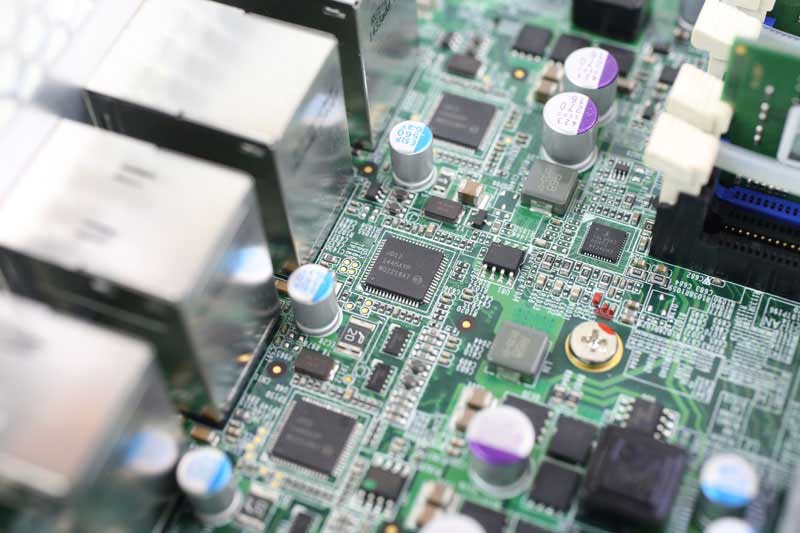Comet Lake-S will have a more bumpy landing than previously anticipated. If you have a hard time against AMD and Zen 2, errors like the one we are going to see below can be very expensive due to the bad reputation they usually bring, what happened?
Intel i225 Foxville network cards have a design flaw
Typically a component like a network card is so delicate and needs to be so precise that it passes very high performance and quality tests to ensure everything is working properly. In the case of Intel, its Ethernet cards are so good that they have ended up weighing down the mid and upper-middle range market for other manufacturers, since many are included in the series motherboards.
Although the range i225 Foxville Intel is already in circulation on certain motherboards (especially server), the blue giant will make them available to most users thanks to the new platform for Comet Lake-S under the Z490 chipset.
The problem is that the same company has had to issue an internal statement as an official notice for this 2.5 Gbps network card to its OEM PC and motherboard partners. Although it is not a security problem as such, it does exist in terms of the performance of these in all the systems that implement them and in configuration with certain types of routers.
Packet loss due to IPG error

Currently there are only two models of i225 on the market or ready to be: i225-V and i225-LM, both cards affected by what we will explain below. According to Intel's notice, a variation in the Inter-packer GAP (IGP), the interval between the data packets transmitted by the physical layer of the card, where due to this variation the card can lose data packets, which logically affects performance.
It happens that not in all scenarios this occurs, which makes the problem quite specific on the other hand. And is that Intel has confirmed that when the card joins a PHY 2.5 GbE of Netgear, Juniper and AQuantia the problem is reproducible, whereas in the Cisco, Huawei, Buffalo and Aruba not.
At the moment the company continues to test different configurations with more brands and models to determine the scope of the problem, but in any case if we were affected, it has confirmed that there is no possible mitigation for obvious reasons. The only possible solution is to configure the network card as 1 GbE in the corresponding driver and although it is already working on a new version of this card, it will not see the light until the second half of this year.
In other words, all the motherboards to be released after the Comet Lake-S exit are affected and only by the end of the year with Rocket Lake-S (hopefully if not early 2021) will they have this problem fixed.
















